May 20, 2025
UK suffers from a major disconnect between leaders and employees
 The UK is experiencing one of the largest disconnects in ‘proximity leadership’ between senior management and employees, according to a new European Workforce Study from Great Place To Work. Part of the organisation’s Leadership in Focus series, the study surveyed nearly 25,000 employees across 19 European countries and found a troubling gap between how leaders perceive their management style and how it is experienced by their teams. Proximity leadership refers to the ability of managers to build trust through regular, meaningful engagement—whether in-person, remote, or hybrid. It’s not about physical closeness, but about emotional and psychological presence: showing genuine interest, encouraging participation, listening actively, and recognising contributions. (more…)
The UK is experiencing one of the largest disconnects in ‘proximity leadership’ between senior management and employees, according to a new European Workforce Study from Great Place To Work. Part of the organisation’s Leadership in Focus series, the study surveyed nearly 25,000 employees across 19 European countries and found a troubling gap between how leaders perceive their management style and how it is experienced by their teams. Proximity leadership refers to the ability of managers to build trust through regular, meaningful engagement—whether in-person, remote, or hybrid. It’s not about physical closeness, but about emotional and psychological presence: showing genuine interest, encouraging participation, listening actively, and recognising contributions. (more…)








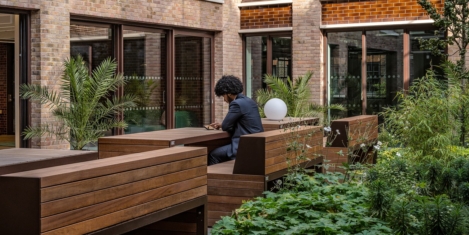
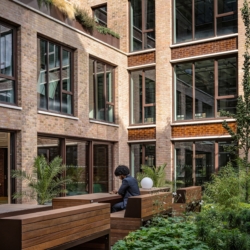


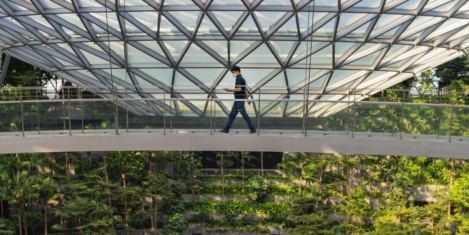
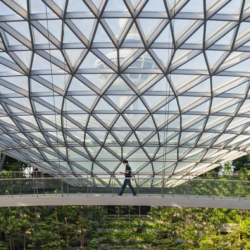








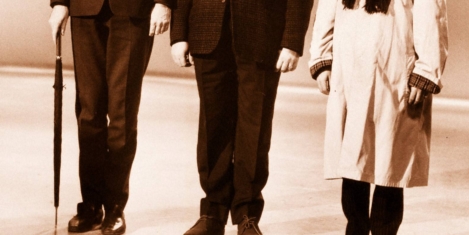












May 9, 2025
Ping pong, perks, pizza and beanbags won’t get you a better workplace culture
by Daniel Snell • Comment, Flexible working, Wellbeing, Workplace, Workplace design